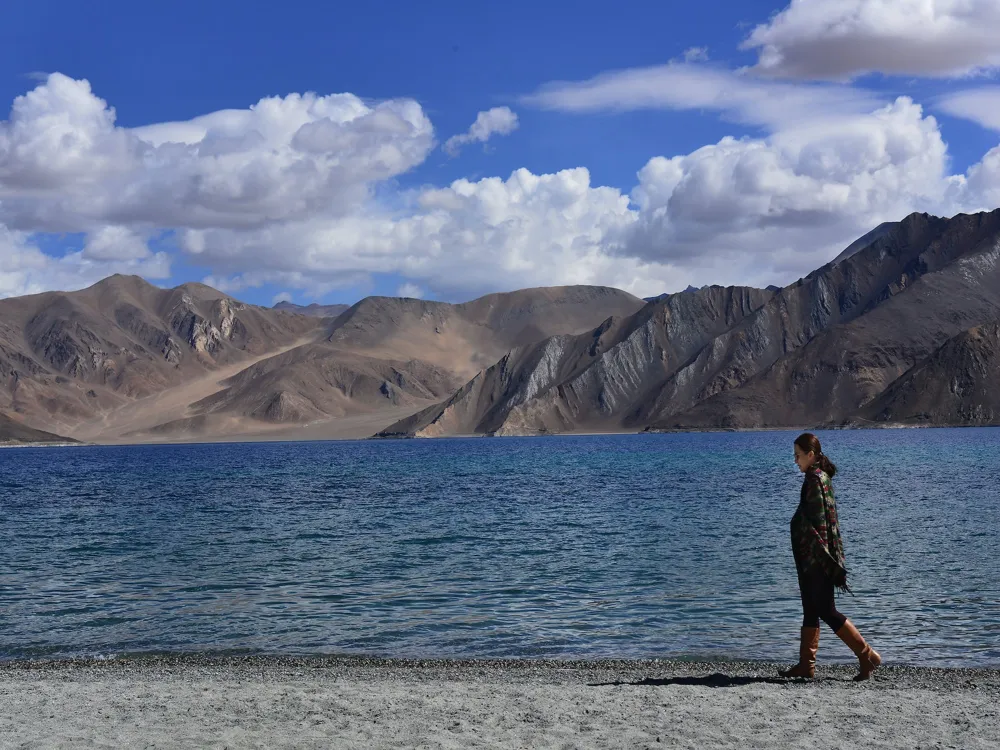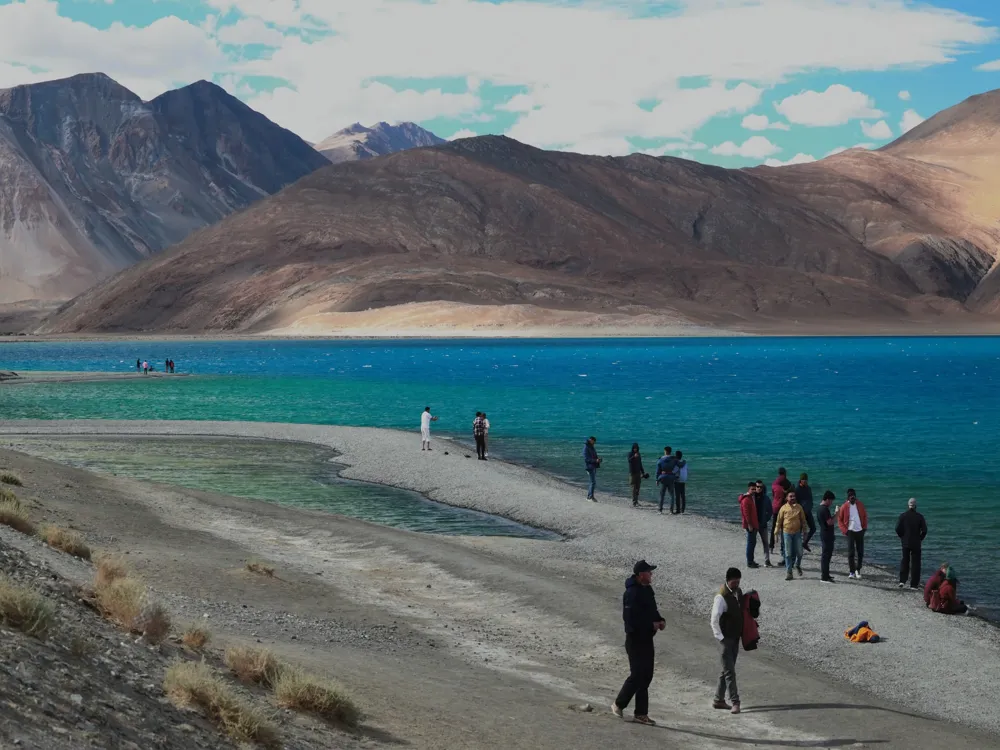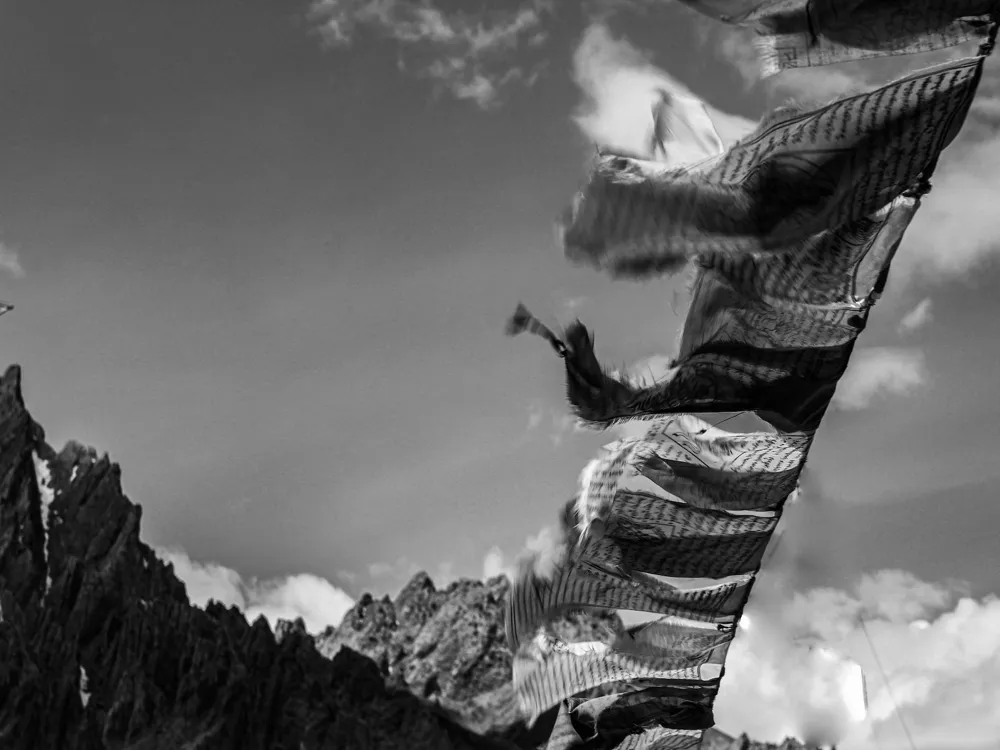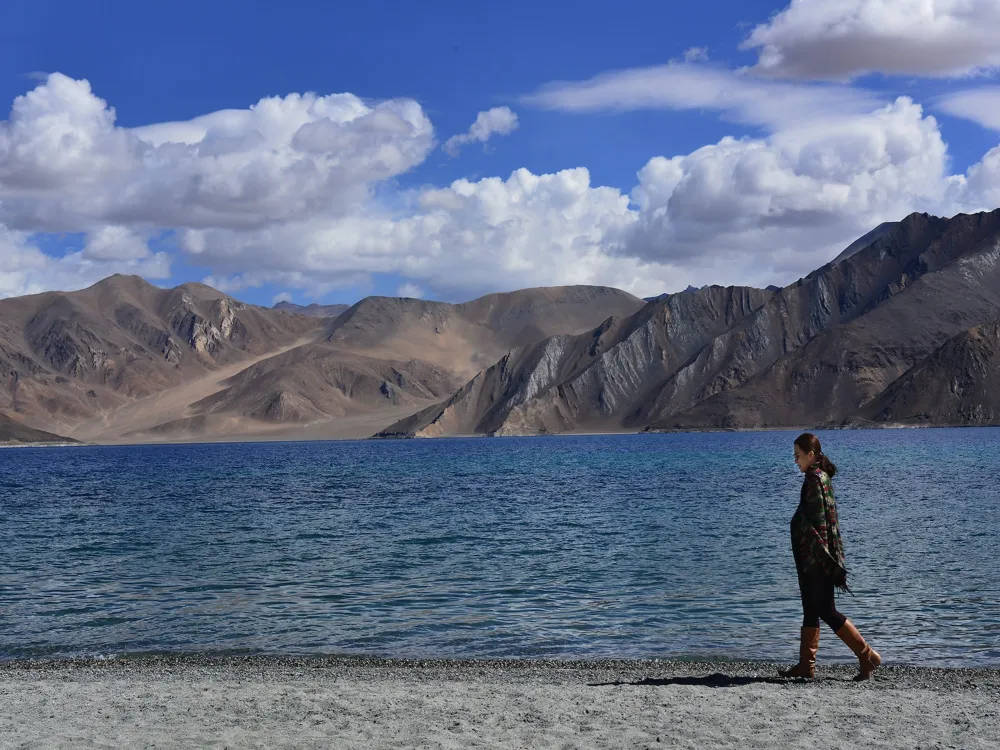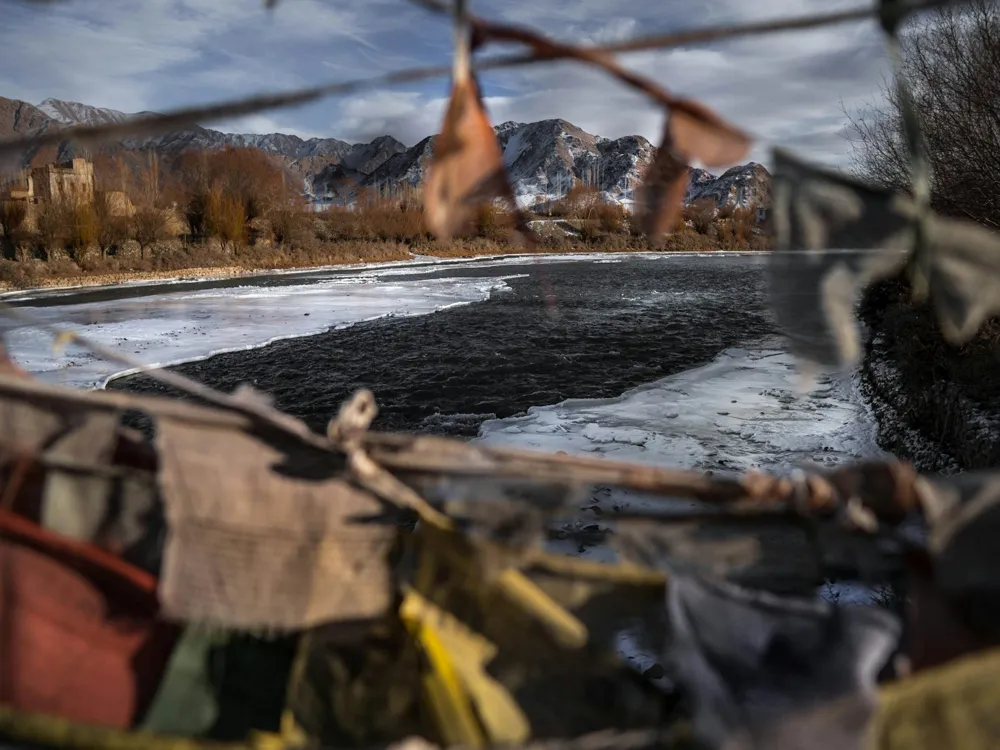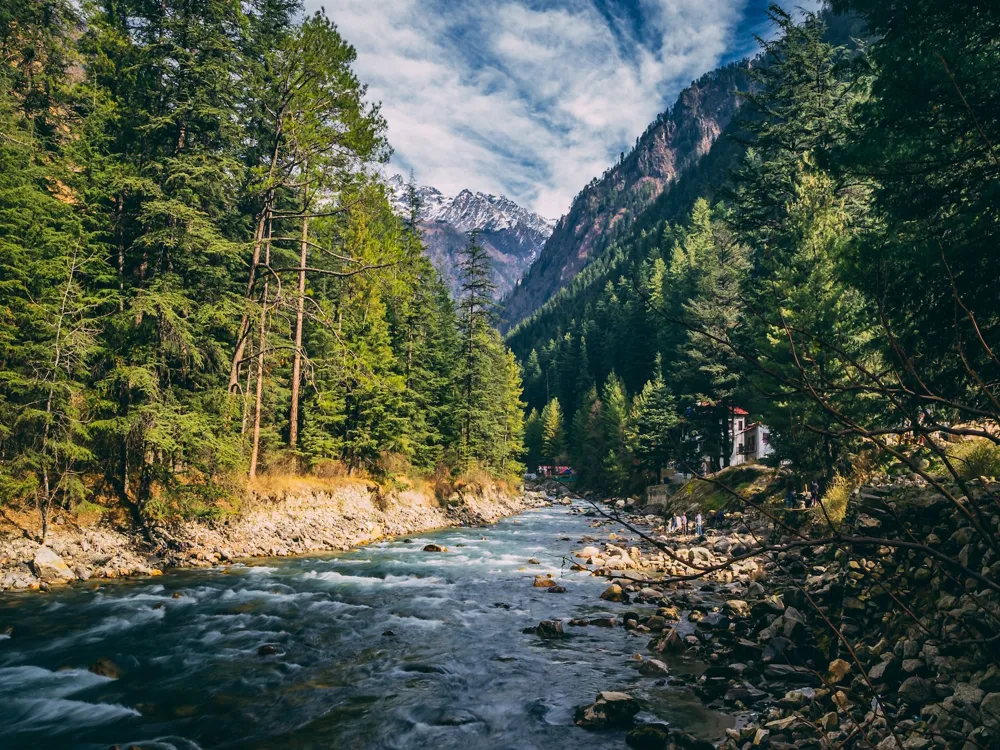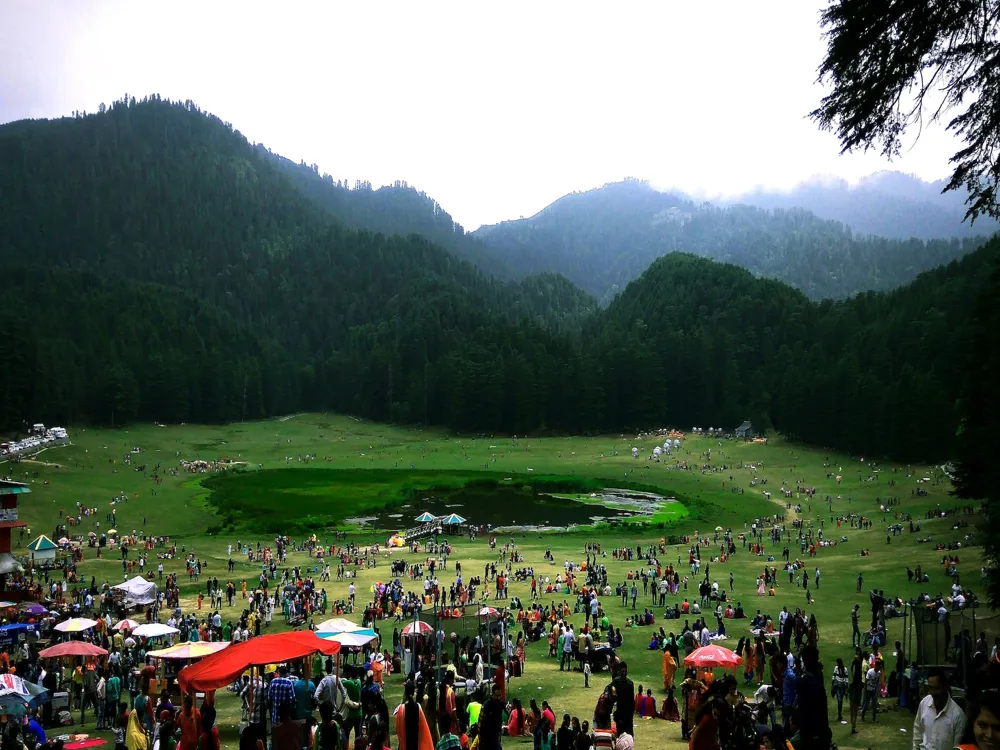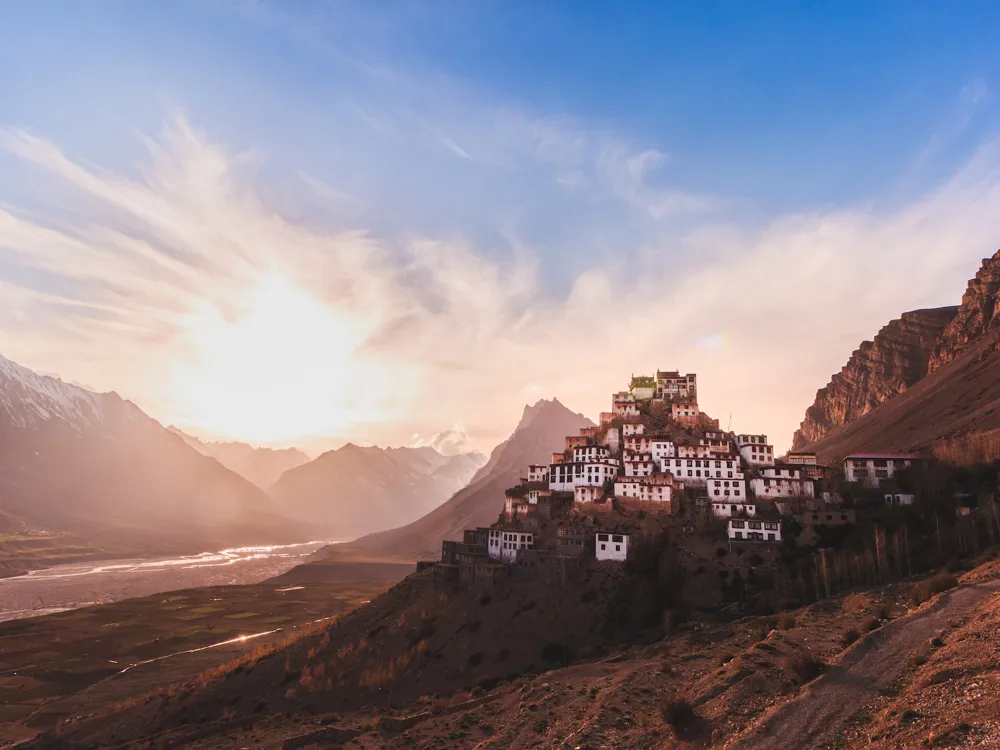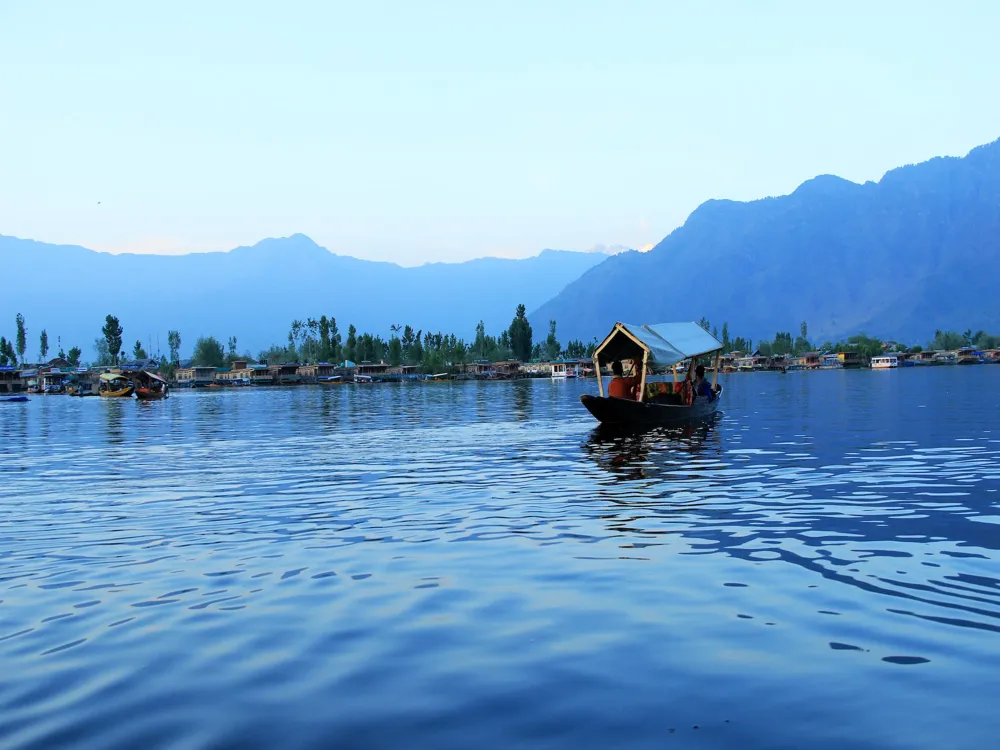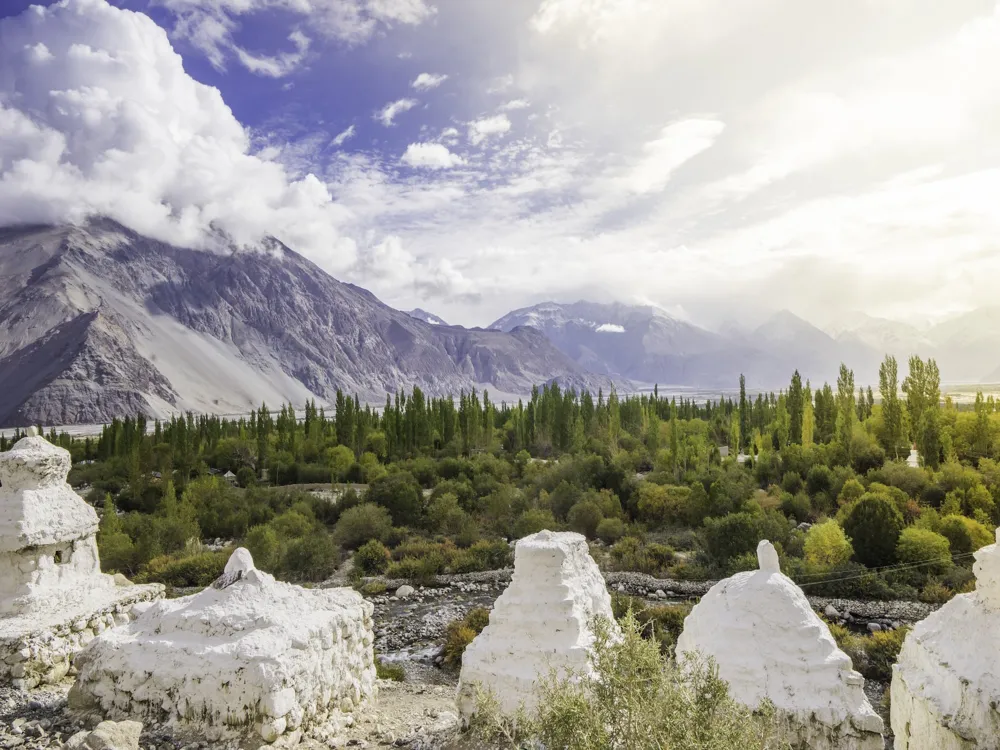Phugtal Monastery, a remarkable Buddhist monastery, is located in the remote Zanskar region of Ladakh in the Union Territory of India. Nestled in the cliffside, it appears to be hanging from the mountain, offering a stunning view of the Tsarap River below. This ancient monastery, accessible only by foot, is a unique example of monastic architecture and is a major attraction for trekkers and spirituality seekers. The architecture of Phugtal Monastery is a marvel of ancient engineering. Built directly into the cliff face, the monastery resembles a honeycomb. Its interconnected caves and temples are constructed around a natural cave, which was believed to have been used by important sages for meditation. The use of local materials and the adaptation to its environment make it a fascinating example of Buddhist ecclesiastical architecture. As the monastery is accessible only by foot, trekkers should prepare adequately. Ensure to carry necessary supplies, wear comfortable trekking shoes, and acclimatize to the altitude. Visitors should respect the monastic customs and traditions. Dress modestly, speak softly, and follow the guidelines provided by the monastery. The ideal time to visit Phugtal Monastery is during the summer months from June to September, when the weather is more favorable and the paths are accessible. To reach Phugtal Monastery, one must first travel to Padum, the administrative center of Zanskar. From Padum, a trek of about 35-40 kilometers through beautiful yet challenging terrain leads to the monastery. The journey typically takes two days, with options for overnight camping or staying in local villages en route. Read More:Overview of Phugtal Monastery
Architecture of Phugtal Monastery
Tips When Visiting Phugtal Monastery
Preparation for the Trek
Respect Local Customs
Best Time to Visit
How To Reach Phugtal Monastery
Phugtal Monastery
Zanskar
Ladakh
Union Territory
₹ 15,999 onwards
View ladakh Packages
Weather :
Label : Must Visit
Tags : Buddhist Temple
Timings : 6:00 AM - 4:00 PM
Time Required : 1-2 hours
Entry Fee : No entry fee
Tips : No photography is allowed inside the monastery
Best Time to Visit : July to September
Planning a Trip? Ask Your Question
Also Refered As:
Phugtal Gompa
Ladakh Travel Packages
View All Packages For Ladakh
Top Hotel Collections for Ladakh

Private Pool

Luxury Hotels

5-Star Hotels

Pet Friendly
Top Hotels Near Ladakh
Other Top Ranking Places In Ladakh
View All Places To Visit In ladakh
View ladakh Packages
Weather :
Label : Must Visit
Tags : Buddhist Temple
Timings : 6:00 AM - 4:00 PM
Time Required : 1-2 hours
Entry Fee : No entry fee
Tips : No photography is allowed inside the monastery
Best Time to Visit : July to September
Planning a Trip? Ask Your Question
Also Refered As:
Phugtal Gompa
Ladakh Travel Packages
View All Packages For Ladakh
Top Hotel Collections for Ladakh

Private Pool

Luxury Hotels

5-Star Hotels

Pet Friendly







